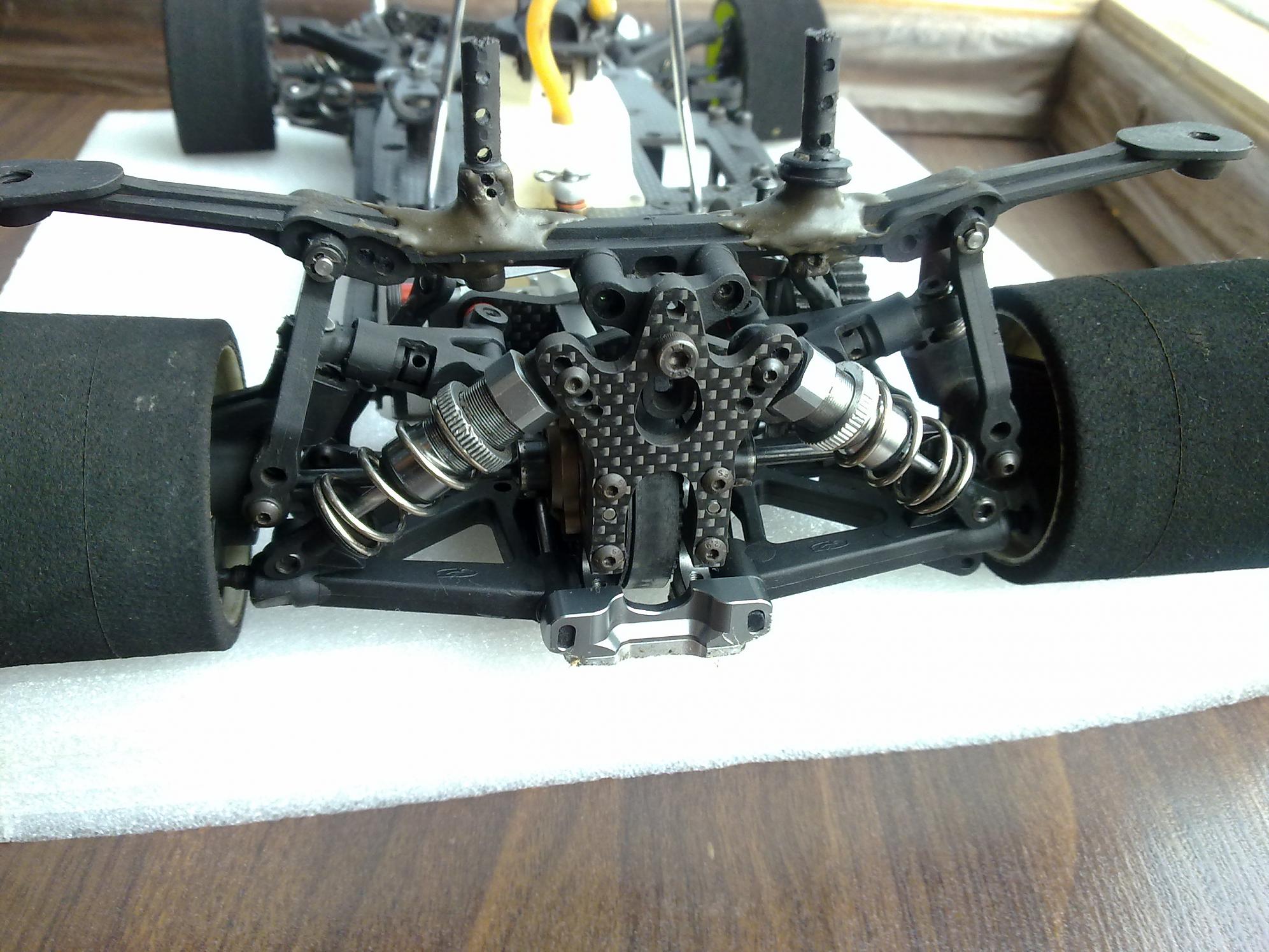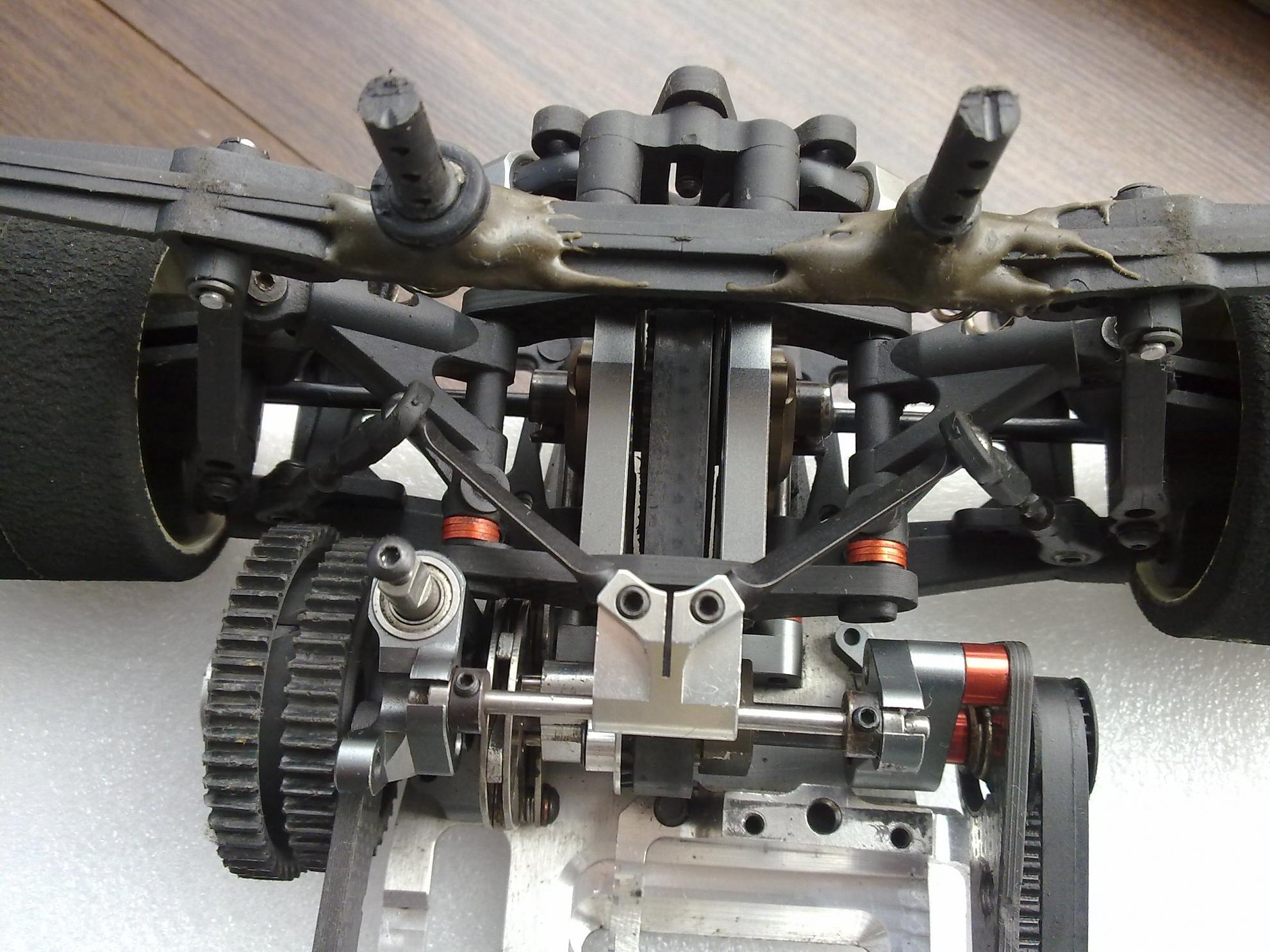Autogyro almost got it right... but ignore this comment:
However it does negate the suspension effect of the tyres.
mounting the wing to the chassis or the wheel uprights has no effect on the force exerted on the tyre contact patches; it is the same in either case (try standing on a set of bathroom scales to weigh yourself, and then do it again with a spring between you and the scales - the only difference is the weight of the spring itself - your weight still "gets to" the scales).
If you mount the wing to the chassis the suspension springs will compress as the downforce builds. To avoid the suspension bottoming out (giving you no suspension) you need to make the suspension stiffer... that means traction is made worse as the stiff suspension means it cannot absorb bumps as well as before. By by-passing the suspension (mounting the wings to the wheel uprights) you avoid the downforce acting on the suspension springs and can therefore run softer suspension.
There is one complication; if you fix the wings rigidly to the wheel uprights it would lock the wheels together, meaning that the only allowable independant wheel movement would be by flexibility of the wing itself ; in effect you've created an anti-rollbar out of your wing... the answer of course is to introduce some compliance in the mounting arrangment to give you the necessary independant wheel movement; in effect a second set of springs which act independantly of the car's "ride" springs and only support the wing(s)...
...The Lotus twin chassis car was a good example of this arrangement... but it was banned and we ended up with rules requiring the wings to be mounted to the main chassis...



